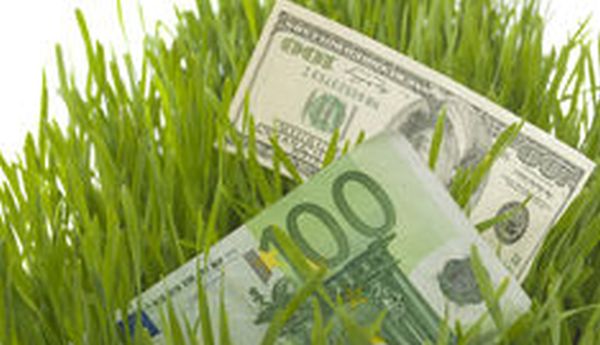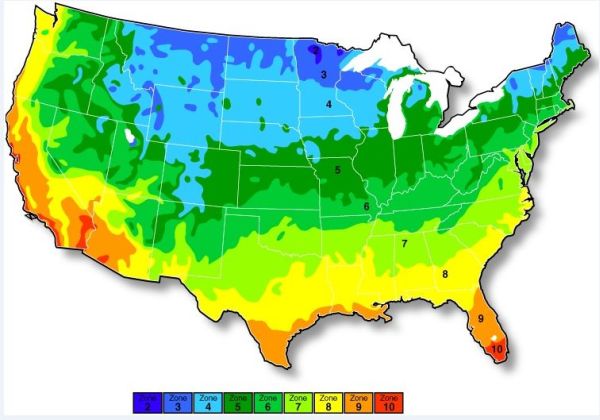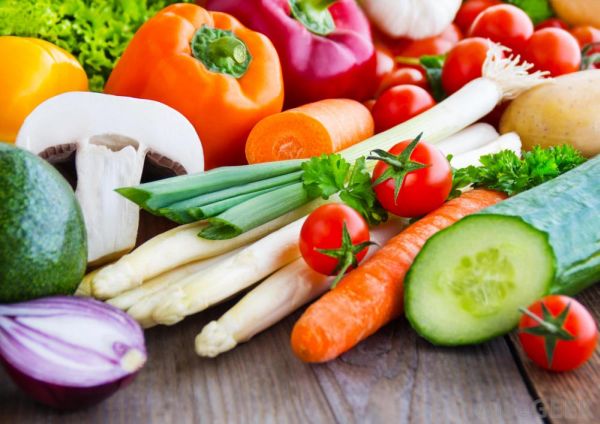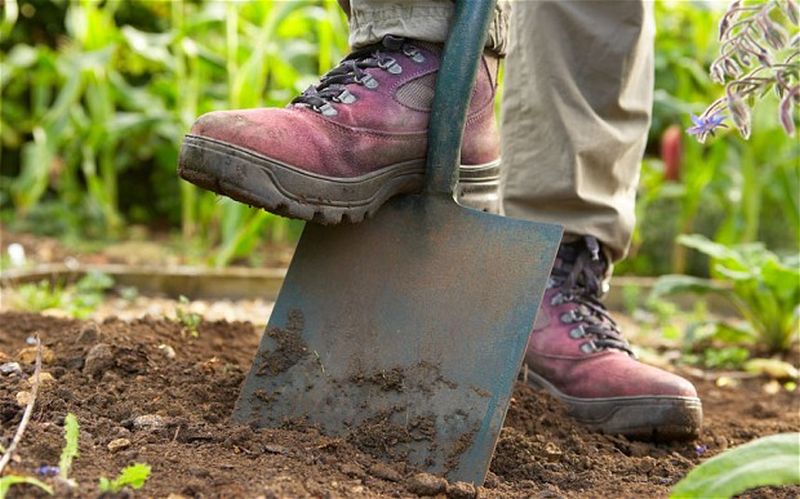How Much Time & Work Is Required
There are as many gardening styles and methods as there are gardeners. When planning the size of your garden you can’t overlook the amount of work it will take to maintain it.
A wise man (or women) once said, “If you love what you do it isn’t work”. This is very true. However, everyone is much busier than ever these days. So you must consider the amount of time you will have available to spend taking care of your garden.
When something needs to be done you can’t put it off. The time frame to get it done isn’t that long before it’s too late.
You should plan on being able to do a daily walk through to look for things that need attention before they get out of control. Weeds and pests can take over quickly. Plants can develop deficiencies or diseases. Some may need support or pruning. A daily walk through will be worth the time you spend on it and give you an appreciation for how quickly things can change even when it looks like nothing much has changed.
The list of things to do can seem endless. That’s why it makes so much sense to start small and increase the size once you know what you’re up against.
How Much Will It Cost To Get Started
 It goes without saying that your total cost each year will be related to the size of your garden.
It goes without saying that your total cost each year will be related to the size of your garden.
For the first time gardener there are two types of expenses to consider. The first expense is the annual supplies you use each year such as seeds, plant starts, pest control products and and plant supplements.
The second type of expense are for purchases for things that will be used for several years such as tools, and accessories for your plants like support cages, potting containers. irrigation equipment etc.
Expenses also vary with type of gardening method you choose. Three typical methods are container gardening, direct in the ground planting and raised beds. Within each of these gardening methods there are different costs and ways you can implement them.
The best approach is to put a plan together, make a check list of your needs and get prices before making any purchases. By taking this approach you can size your garden to the budget you have yo work with.
Determine Your Hardiness Zone
 Every experienced gardener is familiar with their hardiness zone which is defined by the Department of Agriculture. For those who are new to gardening it’s simply a way to categorize the climate conditions where you live so you can determine when to plant and what plants will thrive in your area.
Every experienced gardener is familiar with their hardiness zone which is defined by the Department of Agriculture. For those who are new to gardening it’s simply a way to categorize the climate conditions where you live so you can determine when to plant and what plants will thrive in your area.
You will want to learn the average frost dates which determine the time frame for your growing season.
If you will be buying plant starts locally then there is a good chance that they will be ideal for your hardiness zone. If you plan to order seeds then you’ll want to be sure to select those that will thrive in your zone.
Considerations Before Choosing A Location For Your Garden
Sun

The number one consideration for your garden should be the sun. Unless you plant in movable containers you’ll have to live with the spot you pick. Most vegetable crops require full sun most of the day to be productive. Bear in mind that the height and direction of the sun changes throughout the year. If there are trees or buildings bordering an area that you are considering check where the sun will be during the growing season so they don’t create a problem.
Water

Sufficient good quality water is key to your gardening success. You are going to need an adequate source close enough to water your crops.
Hand watering from a garden hose is time consuming. It should be at the bottom of your list of ways to water your plants. Even if all you have is a few container plants it’s still a lot of work. Daily watering by hand means you have to be there everyday to do it.
It’s not a big deal to automate the watering process with a simple irrigation system setup on a timer. Your system can be as simple as a soaker hose or rotating sprinkler operated by a timer.
Another option would be to use self watering containers. Self watering containers have a provision for a reservoir in the bottom. Be aware though that heavy feeders like tomatoes consume a lot of water during hot weather.
Soil Quality

The third ingredient to a successful bountiful garden is the quality of your soil. Soil quality is defined by it’s pH, ability to retain moisture and the nutrients available in it for your plants.
Don’t be discouraged if your soil isn’t up to par. It can be improved by adding amendments if you know what to add.
If you have any doubts about the quality of your soil you can have a soil test done by your local cooperative extension or make your own soil mixture up.
My number one DIY soil mixture is a three part mix of mushroom compost, vermiculite and peat moss mixed in equal parts. Each of these ingredients can be purchased or ordered through your local big box home center.
Space To Grow

Be sure to allow enough room for each plant to reach it’s mature size without crowding it’s neighbors. Check seed packets for space requirements or information that comes with plant starts.
What Should You Grow
 Some crops are easier to grow than others, especially if you are new to gardening Choose crops that don’t require a lot of attention. Having a successful first year will give you the encouragement to grow other crops that are a bit more challenging.
Some crops are easier to grow than others, especially if you are new to gardening Choose crops that don’t require a lot of attention. Having a successful first year will give you the encouragement to grow other crops that are a bit more challenging.
You might want to start with lettuce, radishes, carrots and peas. Each of these are easy to grow, mature quickly and go great in a salad. They’re also easy to start from seeds.
Sometimes a new gardener will get carried away and grow a wide variety of crops that they find interesting but why grow it if you don’t plan to eat it. You’ll just be creating a lot of extra work for yourself
Annuals vs Perennials
Most vegetable crops are annuals which means they have to be replanted every growing season. Perennials on the other hand produce their bounty year after year without the need to start them from seeds. Wikipedia has a long list of perennial vegetables that you can review.
When planning your garden don’t forget to consider fruit crops that grow from trees and bushes. Cross reference fruit crops with your hardiness zone to select the appropriate varieties.
With the information above and the right amount of planning any new gardener should have a successful first year.
